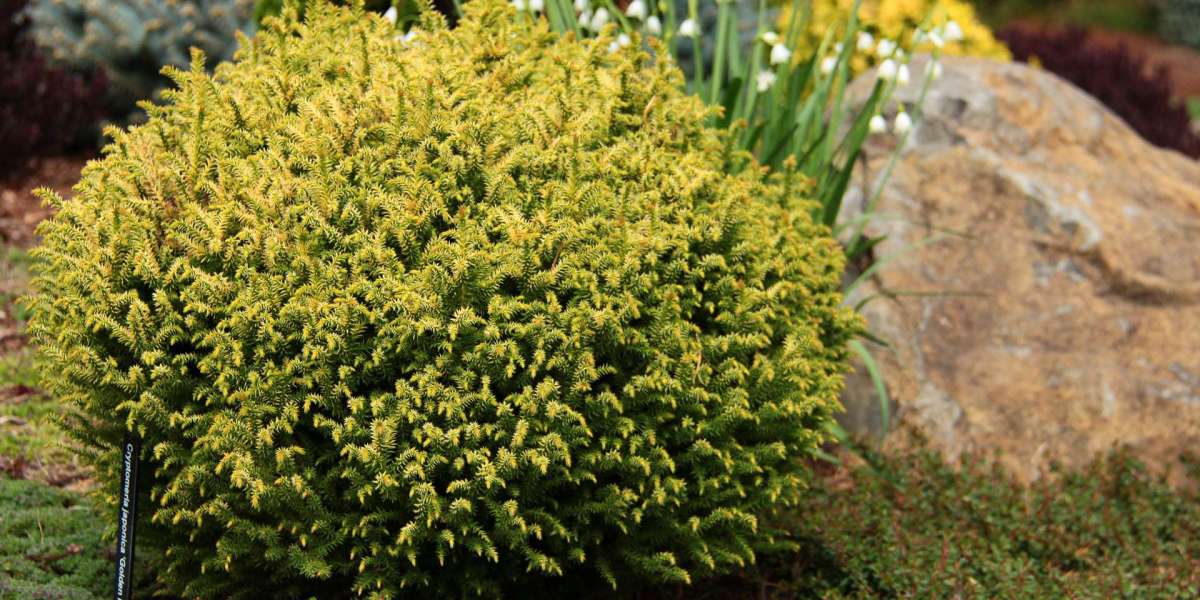The Japanese cedar, known as "sugi" in its native land, is a striking and revered tree. To ensure these majestic trees thrive, proper care and attention are essential. Whether you have a Japanese cedar in your garden or want to cultivate these beauties, here are some vital guidelines to nurture their growth and maintain their health.
Understanding Japanese Cedars
Before diving into care tips, understanding the needs and characteristics of Japanese cedars is crucial. These trees prefer well-drained soil, ample sunlight, and sufficient space to grow, as they can reach considerable heights.
Planting and Location
Choose an area with ample sunlight and well-drained, slightly acidic soil. When planting, ensure the hole is deep and wide enough to accommodate the root ball comfortably. Mulch around the base to retain moisture and regulate soil temperature.
Watering Schedule
Japanese cedars require regular watering, especially during their initial years. Ensure consistent moisture but avoid waterlogging. A deep watering every 7-10 days, depending on weather conditions, is generally recommended.
Pruning and Shaping
Regular pruning helps maintain the tree's shape and health. Remove dead or damaged branches and thin out crowded areas to allow for better airflow. However, avoid excessive pruning, particularly in early spring, as it can lead to reduced growth.
Fertilization
Apply a balanced fertilizer in early spring or late fall to provide essential nutrients for growth. Follow the manufacturer's instructions and avoid over-fertilization, which can harm the tree.
Pest and Disease Management
Keep an eye out for common pests and diseases like spider mites or root rot. Early detection and treatment are vital. Use organic or chemical treatments as recommended by local agricultural services or professionals.
Protection from Harsh Conditions
Shield young trees from extreme weather conditions, especially during their initial years. Mulching and wrapping with burlap can protect against frost and snow damage.
Regular Inspections and Maintenance
Regularly inspect the trees for any signs of distress, such as wilting, discoloration, or pest infestations. Address any issues promptly to maintain the tree's health.
Conclusion
Caring for Japanese cedars involves a mix of consistent attention, understanding their needs, and proactive maintenance. These remarkable trees, deeply rooted in Japan's culture and history, deserve the best care to flourish and continue adding their grace and beauty to landscapes worldwide.
Remember, while these guidelines provide a foundation, local climate and soil conditions may require specific adjustments. Consulting with arborists or professionals familiar with the needs of Japanese cedars in your region can offer tailored advice for optimal care.
By nurturing these magnificent trees, you contribute to preserving their legacy and the natural beauty they bring to our surroundings. Whether in a garden or a forest, these trees stand as a testament to the wonders of nature and human dedication to its preservation.



